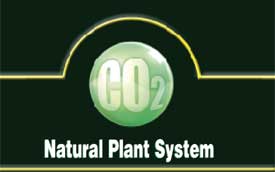

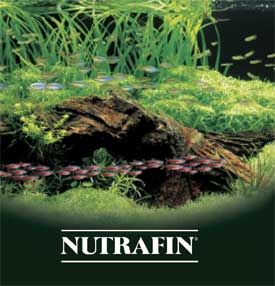
| Plants need CO2 | |
Plants require CO2 to grow and remain in optimal condition. In a standard planted aquarium, there is a limited supply of CO2. Simple and safe, the CO2 Natural Plant System is by far the most reliable and natural method to supplement CO2. |
 |
| How Plants Benefit the Aquarium | ||
Live aquatic plants offer an attractive, dynamic element that changes with their growth and reproduction. Plants filter the water by absorbing metals, ammonium, nitrate, and phosphate. They also provide oxygen. While the aquarium is illuminated, plants photosynthesize, taking in carbon dioxide (CO2) and giving off oxygen. Plants improve water quality and fish demonstrate natural behavior, rewarding the aquarium keeper with intense coloration. A planted aquarium provides fish and their young with shelter and hiding places. There is no doubt that an aquarium supported by healthy, lush plant growth will benefit from superior water quality. |
||
A beautifully planted aquarium creates a stunning focal point for any setting. Live aquatic plants bring a living, breathing, exquisite part of nature into your own home. |
||
| It's easy | ||
The CO2 Natural Plant System helps you achieve beautiful, thriving live aquatic plants, and ultimately, a healthier aquarium. |
||
| Visible results in just 15 days! | ||
When comparing plant systems using CO2 versus those that donít, the differences are very apparent. Most rapid growth plants obtaining CO2 injection, are more lush, colorful and grow faster. |
||
| How it works | ||
This system is designed to supply any aquarium with a safe, economical, and efficient method of providing natureís most powerful carbon source for plants. Employing a natural fermentation process for CO2 eliminates the need for inconvenient pressurized cylinders. It allows quick, easy, and affordable refills of ingredients to provide continuous CO2 for a 3-4 week period. Our special fermentation canister was developed to support consistent carbon dioxide output. |
||

The System
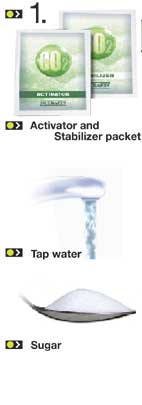 |
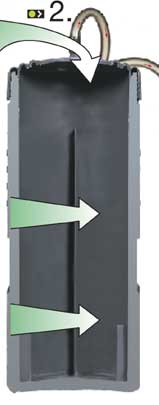 |
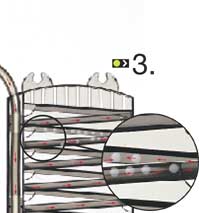 |
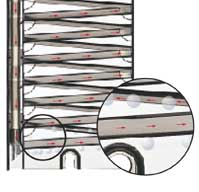 |
| A Natural Process | 3. |
There, the bubbles encounter the CO2 Bubble Counter/Diffuser, the key to efficient CO2 diffusion into the water. The CO2 bubble follows a patented 3-dimensional, extended path. As it travels within the unique matrix, the bubble becomes smaller and smaller, finally disappearing almost entirely. This indicates that CO2 has fully dissipated into the water. |
|
| 1. | All-natural Activator and Stabilizer ingredients are added to sugar and water in the Fermentation Canister. |
||
| 2. | Once sealed, fermentation commences. As CO2 forms, pressure builds, creating CO2 bubbles that travel through CO2-resistant tubing into the aquarium. |

Fermentation Canister Once the contents are sealed in the canister, fermentation takes place. This causes the creation and expulsion of CO2. The fermentation canister has a Thermo-Regulation System that prevents abrupt changes in temperature inside the canister caused by external temperature variations.
|
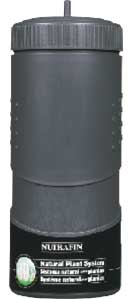 |
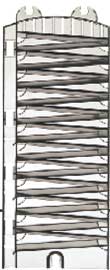 |
CO2 Bubble Counter/ Diffuser CO2 bubbles move from the fermentation canister to the Bubble Counter/Diffuser. There, the bubbles follow a three dimensional route. This patented system has an extended diffusion path within a smaller area, providing longer contact time to ensure efficient diffusion (absorption) of CO2 into the aquarium.
|
3 Activator and 3 Stabilizer packets The Activator and Stabilizer packets have been tested, refined and proven. They are manufactured under exacting Quality Control standards to ensure proper operation of the unit and support performance.
|
 |
CO2-Resistant Tubing Not affected by CO2 contact |
Suction Cups Reliable adhesion for vertical placement |
||
 |
|||
DRAMATIC RESULTS IN 15-20 DAYS! |
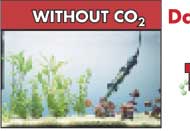 |
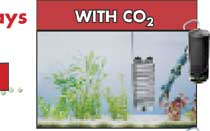 |
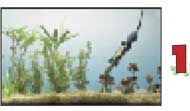 |
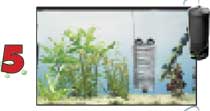 |
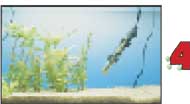 |
 |
DESIGNED WITH SAFETY IN MIND |
|
The fermentation process creates pressure, which in turn pushes the CO2 bubbles into the aquarium. A patented Pressure-Release Safety Cover was designed to prevent the internal pressure in the canister from exceeding safe levels. |
 |
FOR UNIFORM RELEASE OF CO2 |
|
The Activator contains specially selected micro-organisms which trigger alcoholic fermentation of the sugar and create reliable production of CO2. The Stabilizer slows down and prolongs reaction time, to support consistent performance. |
|
Replacement Activator and Stabilizer packets guarantee the integrity and performance of the CO2 Natural Plant System. They are available in 3- and 10-pack formats. (A-7695, A-7696) |
 |
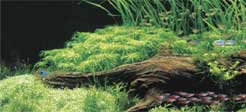 |
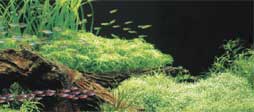 |
| The Effects of CO2 Injection | ||
Through the invigorated growth of aquatic plants, you can expect to achieve a higher degree of water quality. Many undesirable elements such as nitrates and phosphates are consumed by plants, providing a strategy that supports a clean and healthy aquarium. CO2 injection also benefits fish due to improved water quality, and provides a safe and gradual method of reducing pH values. Many aquatic plants thrive in mildly acidic pH ranges, and suitable species of fish for planted aquariums often prefer these water conditions. |
||
| CO2 Concentration | ||
Optimal carbon dioxide concentrations for densely planted aquariums with strong lighting typically range from 15 mg/L to 25 mg/L. Most aquariums with common fluorescent lighting systems and average plant stocking levels flourish with dissolved CO2 concentrations between 5 mg/L and 15 mg/L. | ||
|
| Photosynthesis | ||
Photosynthesis requires three essential components: light, water, and CO2. These three essential elements can be adjusted to stimulate and optimize the growth, health, and condition of plants, by affecting their photosynthetic rate. Photosynthesis is a process whereby chlorophyll (pigments that absorb mainly blue and red light) in plants transform light energy into an alternate form to be able to process water and carbon dioxide into sugars, such as glucose, and then into starches. This is followed by other actions within the plant, all of which are important for vigorous, healthy growth and condition. Photosynthesis only takes place when the aquarium is illuminated. As they photosynthesize, plants primarily take in carbon dioxide and give off oxygen. Then, when the lights are off and photosynthesis is halted, plants release CO2 into the water. |
||
| Plant Nutrition | ||
It is important that planted aquariums with carbon dioxide injection systems receive the proper micro- and macro- nutrients with lighting systems that are well maintained. Maintaining levels of trace elements through the use of |
||
|
| Light, Water, and CO2 | ||
The quantity and quality of aquarium light is a major factor in how efficiently plants will photosynthesize. In general, the quantity of light for a planted aquarium should be approximately 1-3 watts per U.S. gallon. The type of lighting should include bulbs, such as the Hagen Life-Glo fluorescent bulbs, that produce a full spectrum effect. Water chemistry is also important to achieve a balanced aquarium. Tropical fish and plants that are suitable for the planted aquarium often originate from relatively soft water which is commonly soft and somewhat acidic. Many species of plants will adapt to harder water conditions and pH values that can be considered mildly basic (alkaline). In nature, huge reservoirs of decomposing organic matter contribute significant quantities of carbon dioxide. To optimize conditions for a successful planted aquarium, a pH range of 6.8 to 7.2 with a carbonate (KH) hardness range of 50 mg/L to 90 mg/L is recommended. |
||
|
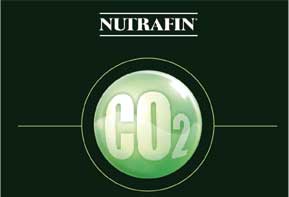 |
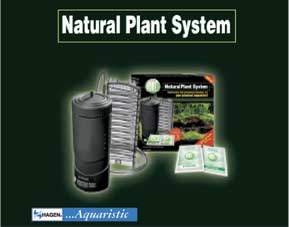 |


